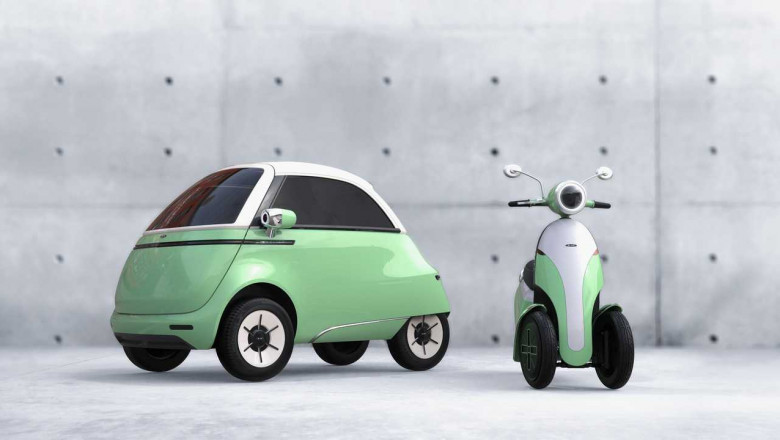722
views
views

Environmental pollution is currently a prevalent global issue, due to which a number of stringent regulations in major developed countries in Europe and North America are being undertaken so as to develop environment-friendly policies.
Technological innovations in the transportation industry encompass a comprehensive range of mobility methods delivering a broad range of products to the industry. Today's consumer is well-connected and well-informed, leading the major operating players to research, develop, and technologically evolve continuously to safeguard their position in the ecosystem. Transportation system regulations are primarily designed around demographic needs based on government policy frameworks. Some of the essential criteria taken into consideration while creating a policy regulation for a specific region are socio-economic conditions, commuter lifestyle, degree of technology acceptance, demographic terms, infrastructure availability, and global economic conditions.
Various cities of the country face a constant array of challenges. Some of the major challenges include congestion, loss of public/green spaces, reduced social mobility and accessibility, and poor air quality. These all are the significant challenges that inhibit the functionality and comfort of urban areas. The economic cost of these inconvenience factors has been recognized by the cities. Vigilant understanding of the health-related impacts created a growing impetus for cities to deal with transport issues. These issues are regulated and supported by legislation and standards. The growing environmental concerns and impact on climate have provided another powerful driving force for the change.
The electric-powered micro mobility is one of the options that has witnessed exponential growth in terms of regional expansion and even in commuter’s acceptance. The cost advantage and high acceptance of commuters have directed the attention of MaaS giants such as Uber Technologies, Lyft Inc., and ANI Technologies (Ola) to develop products for the micro mobility ecosystem. As an efficient form of transport, micro mobility has the potential to reduce emissions by urban transport. As per the lifecycle assessment, an e-scooter with swappable batteries tends to generate 34.7g CO2 equivalent emissions per person per km across the full lifecycle. In contrast, a new petrol car generates between 200-350g CO2e/km per person per km.
Battery Swap Technology:
The introduction of swappable battery vehicles allows the rider to replace discharged battery with a charged one at dedicated swapping center. This in turn has increased the fleet uptime substantially while also reducing the operation costs. The use of swappable batteries will also move the micro mobility industry to profitability. Also, with the use of swappable batteries, the scooter unit economies can be improved as it not only cuts a large part of the charging costs, it also improves the vehicle availability.
The mobility requirements and consumer needs have been transforming drastically over the past decade. The MaaS segment, which is the parent segment of the micro mobility market, has substantially revolutionized the way people travel and how logistics can transform to enable high level of asset management. Data gathering, analytics, and insight extraction (as feedback) are essential part of the service industry. The micro mobility domain has players such as Lime, which provide service via their in-house service platforms.
Environmental pollution is currently a prevalent global issue, due to which a number of stringent regulations in major developed countries in Europe and North America are being undertaken so as to develop environment-friendly policies. Sustainable energy and growth of shared mobility can largely contribute a substantial reduction in daily fuel consumption. The mobility ecosystem has adopted electric vehicles and personal portable devices extensively in the shared mobility services.
Key Questions Answered by This Report:
? What is the global micro mobility market size in terms of revenue from 2019 to 2025?
? What are the major consumer demands and expectations effectively fulfilled by micro mobility?
? What is the potential impact of COVID-19 on the micro mobility market?
? What are the drivers, restraints, and opportunities for the market for the period of 2019 to 2025?
? What are the impacts of micro mobility service on the global environmental issues?
? What are the key developments and strategies of the companies in the market?
? Which region is estimated to have the highest market potential in the period 2019-2025, and how is the market expected to grow in the same period in other regions?
? Which are the key companies in the industry, and how are they expected to perform in the ecosystem?
? What is the market forecast by application and product for the period 2019-2025?
? What is the estimated market value by region during the period 2019-2025?
Download the free sample of micro mobility market report by BIS Research:












